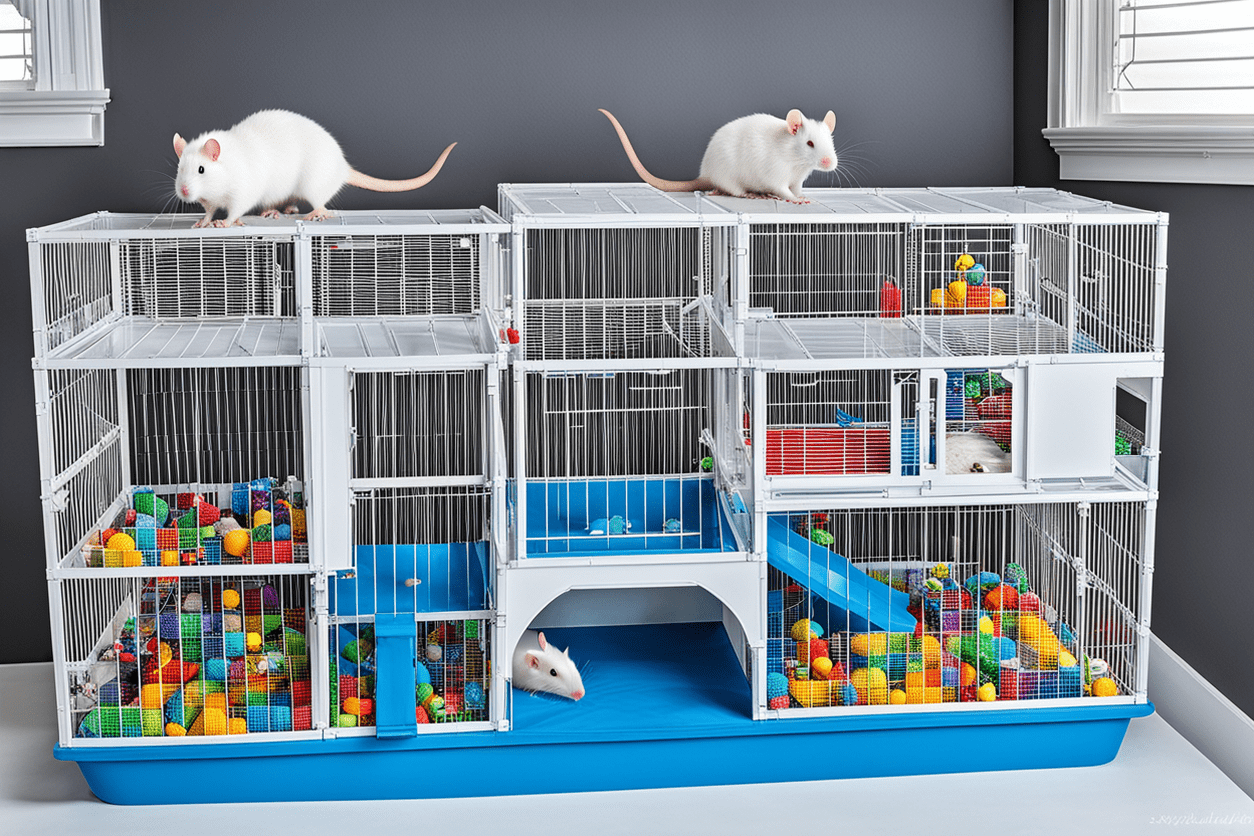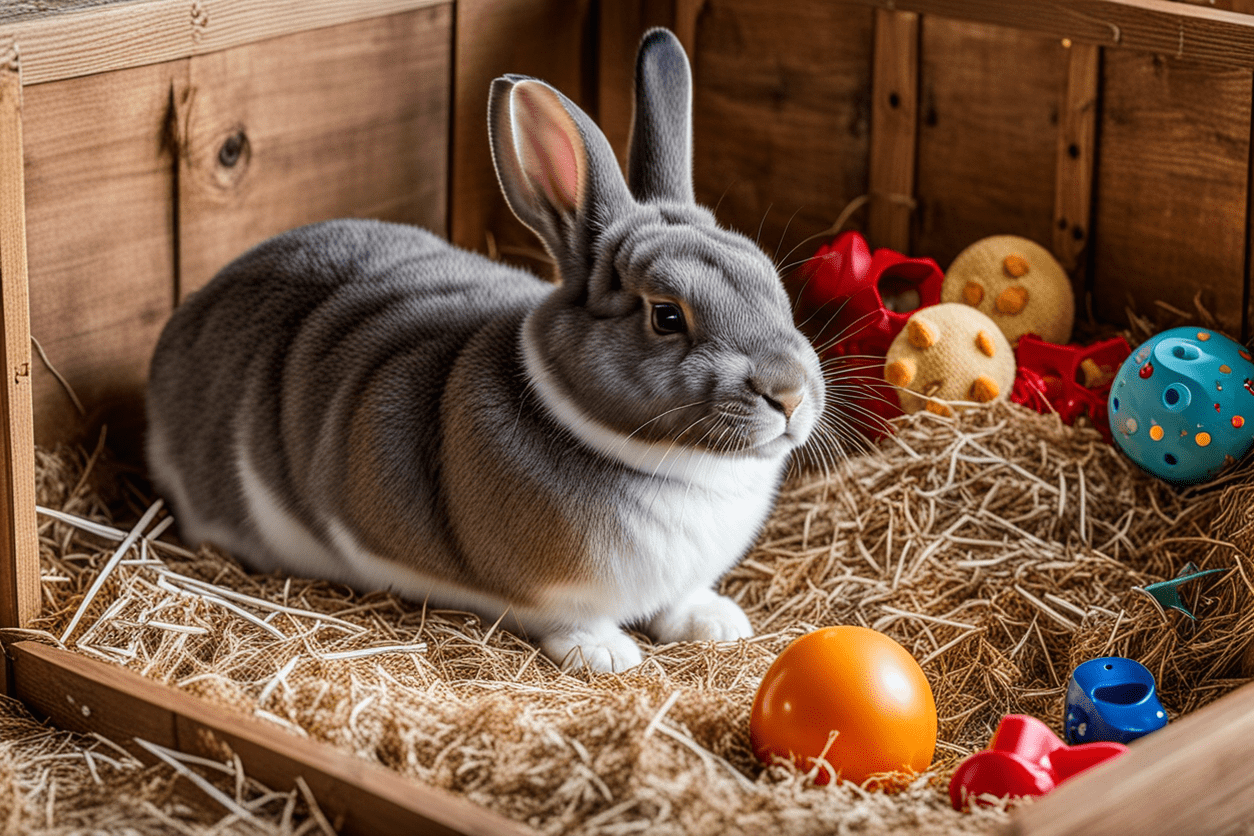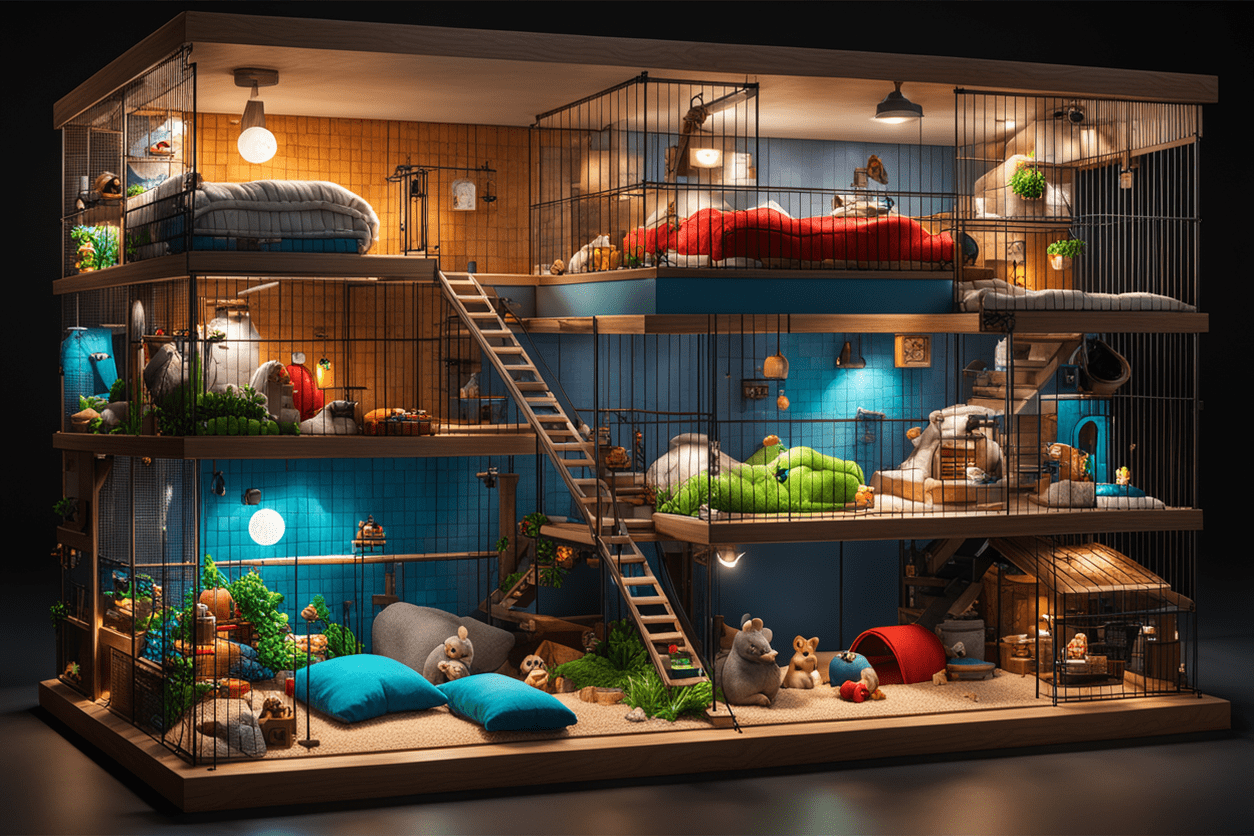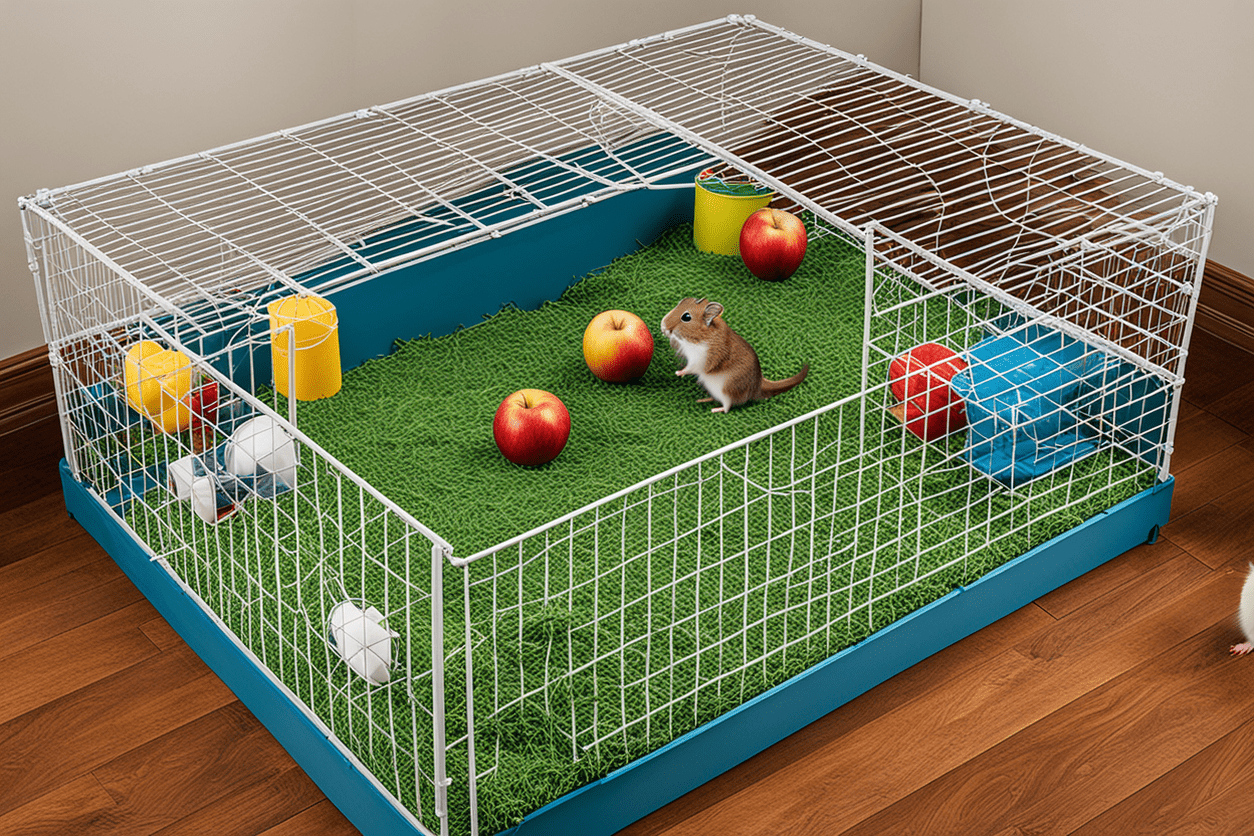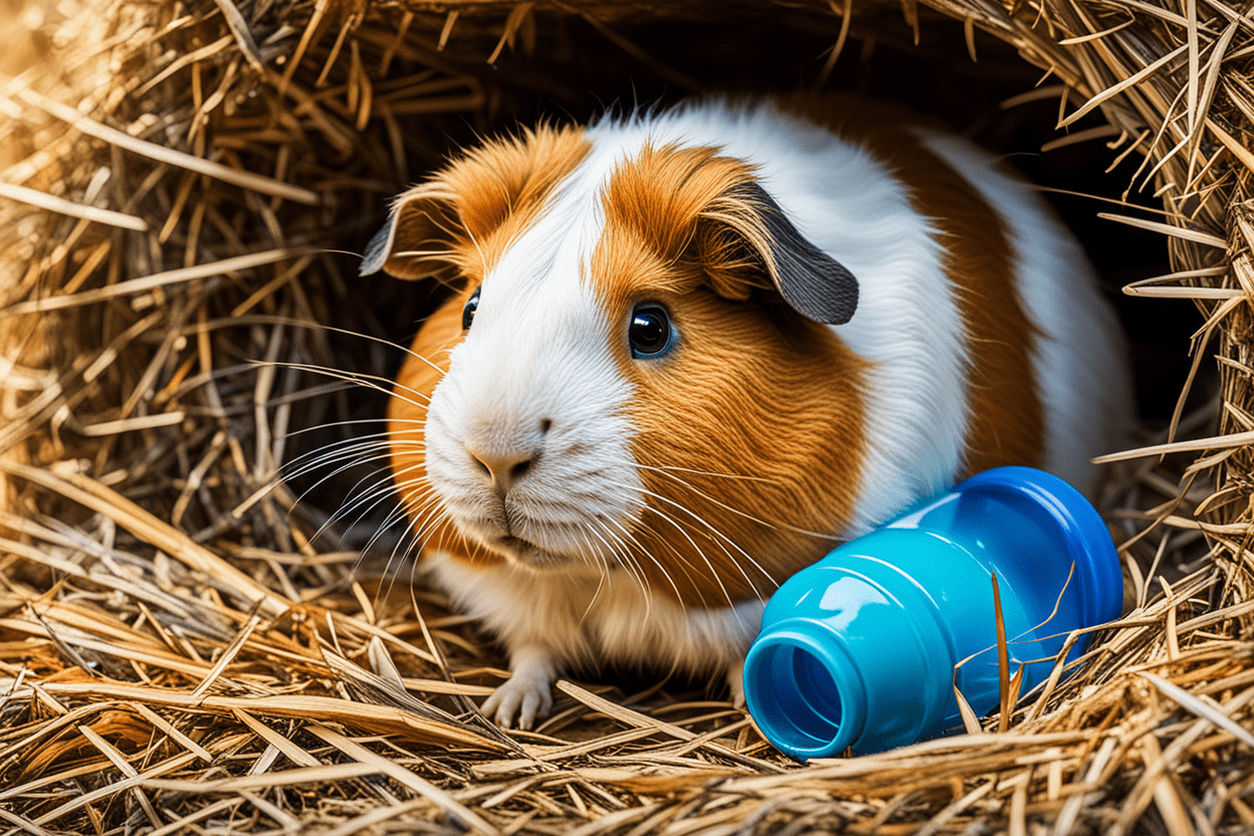A Purrfect Guide to Fortify Your Home for Pets
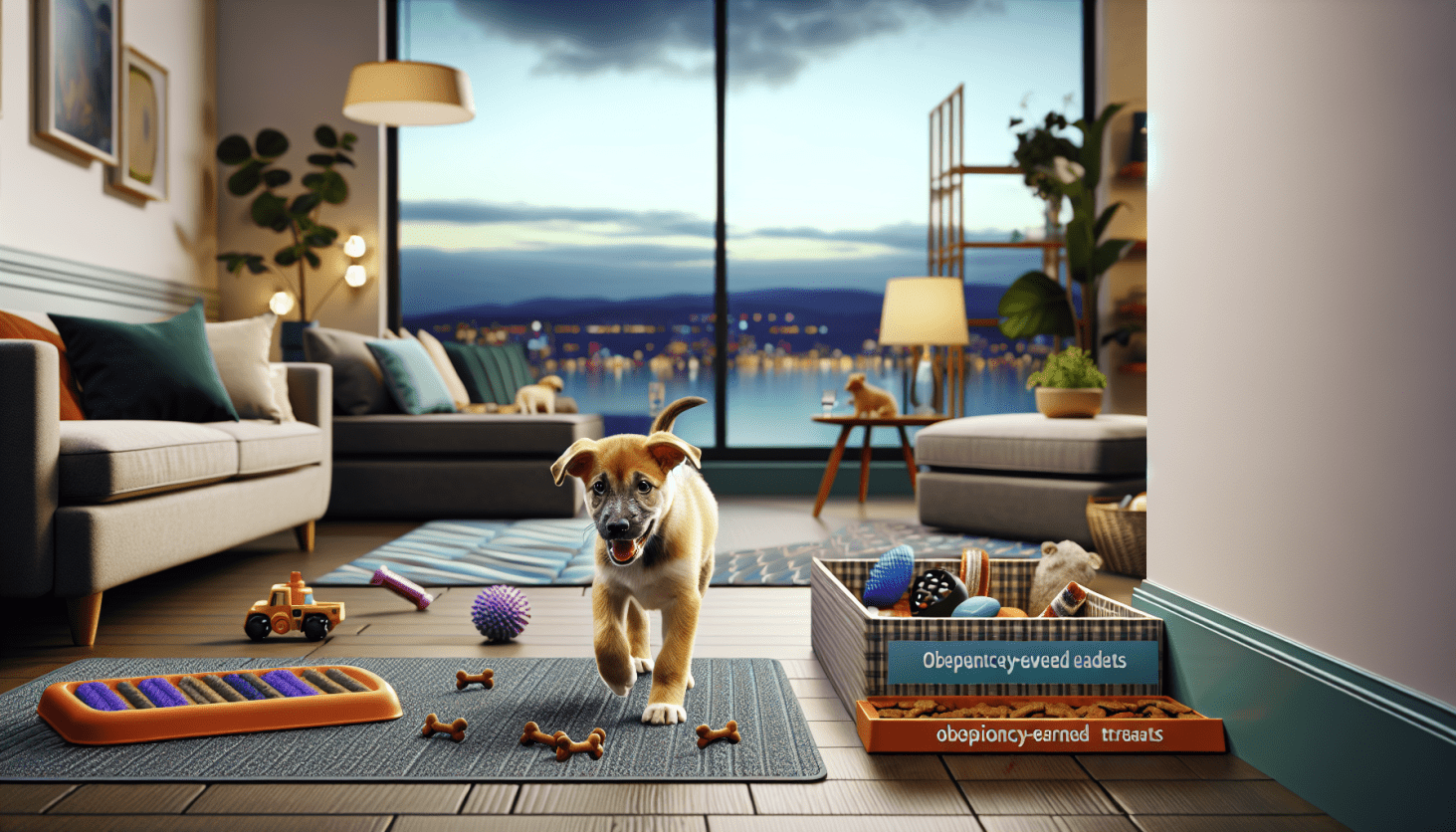
Introduction
Bringing a pet into your home is an exciting and joyful experience. Whether you're a new pet parent or have been sharing your space with furry companions for years, making sure your home is safe and comfortable for them is paramount. Cats and dogs, in particular, have different needs and behaviors, so understanding these can help you create a suitable living environment for them. This comprehensive guide will cover essential tips and best practices to ensure your home is fortified for your pets, ensuring their safety, comfort, and well-being.
Evaluating Your Home's Layout
Understanding Your Pet's Needs
Cats and dogs have distinct needs when it comes to their living environments. Here's a look at each:
- Cats: Cats are natural climbers and explorers. They need vertical space, hidden spots, and scratching surfaces.
- Dogs: Dogs require space to move around, and depending on the breed, they might need a yard or frequent outdoor activities. Puppy-proofing, including securing loose items, is crucial.
Pet Zones
Designating specific areas for your pets can help in managing mess and ensuring they have their own space. Consider the following zones:
- Feeding Area: Choose a quiet, low-traffic area for feeding. Ensure food and water bowls are easily accessible.
- Sleeping Area: A cozy, quiet spot with a comfortable bed, away from drafts and noise.
- Play Area: Provide an area where your pet can play with toys without causing havoc in your home.
Pet-Friendly Flooring
Choosing the Right Flooring
The type of flooring in your home can significantly impact your pet's comfort and your maintenance efforts. Here are some pet-friendly options:
- Hardwood Flooring: Durable but can be scratched by claws. Add rugs or mats.
- Laminate Flooring: Scratch-resistant and easy to clean.
- Vinyl Flooring: Soft on paws and easy to maintain.
- Tile Flooring: Very durable and easy to clean but can be cold and hard, so add rugs in key areas.
Considerations for Carpeting
Carpets can trap pet hair and odors. If you prefer carpeting:
- Choose Low-Pile Carpet: Easier to clean and less likely to trap hair.
- Stain-Resistant Options: Look for carpets that are treated with stain-resistant chemicals.
Maintaining a Clean and Safe Environment
Cleaning Protocols
Keeping your home clean is crucial for both your health and your pet's. Here are some cleaning tips:
- Regular Vacuuming: Invest in a vacuum cleaner designed for pet hair.
- Frequent Washing: Wash pet bedding and blankets regularly.
- Safe Cleaning Products: Use pet-safe cleaning products to avoid harmful chemicals.
Avoiding Harmful Substances
Pets are curious creatures and might ingest substances they shouldn't. Here's how to mitigate risks:
- Secure Medications and Cleaning Products: Keep these out of reach of your pets.
- Safe Plants: Some houseplants are toxic to pets. Research and remove any harmful plants.
- Food Safety: Ensure human food, especially toxic ones like chocolate and grapes, is stored safely.
Furniture and Décor Adjustments
Pet-Friendly Furniture
Certain furniture materials and styles are more pet-friendly than others:
- Durable Fabrics: Leather, microfiber, and outdoor fabrics are resistant to stains and wear.
- Removable Covers: Opt for furniture with removable and washable covers.
- Scratch-Resistant Surfaces: Choose materials that don't show scratches easily.
Protecting Valuables
To protect your valuable items from damage:
- Display Safely: Keep fragile items on higher shelves.
- Secure Cords and Wires: Use cord protectors or hide them away from reach.
Creating a Stimulating Environment
Enrichment for Cats
Cats thrive in environments where they can climb, hide, and play:
- Cat Trees and Shelves: Provides vertical space and a place to scratch.
- Window Perches: Allows cats to observe the outdoors.
- Interactive Toys: Keeps them mentally stimulated and engaged.
Enrichment for Dogs
Dogs need physical and mental stimulation to stay healthy and happy:
- Toys and Chews: Choose durable toys and chews appropriate for your dog's size and chewing habits.
- Interactive Feeders: Slow-feed bowls or puzzle feeders can provide mental challenges.
- Exercise Opportunities: Ensure they have access to a yard or take them for regular walks or runs.
Safety Measures
Preventing Injuries
Taking preventive measures can help avoid common injuries:
- Secure Windows and Balconies: Use screens or barriers to prevent falls.
- Stair Safety: Use baby gates to block access to stairs, especially for puppies and senior pets.
- Fencing: Ensure outdoor areas are securely fenced and check for gaps regularly.
Emergency Preparedness
Being prepared for emergencies is crucial for your pet's safety:
- First Aid Kit: Have a pet-specific first aid kit on hand.
- Pet Information: Keep a file with your pet's health records and emergency contacts.
- Evacuation Plan: Include your pets in your family emergency plan and ensure you have a travel crate or carrier ready.
Conclusion
Fortifying your home for pets requires planning, effort, and a good understanding of their needs. By creating a safe, comfortable, and stimulating environment, you can ensure they live a happy and healthy life. Whether it's adjusting your flooring, securing harmful substances, or providing enrichment activities, each step you take contributes significantly to their well-being. Remember, a well-prepared home is a happy home for both you and your pets.

